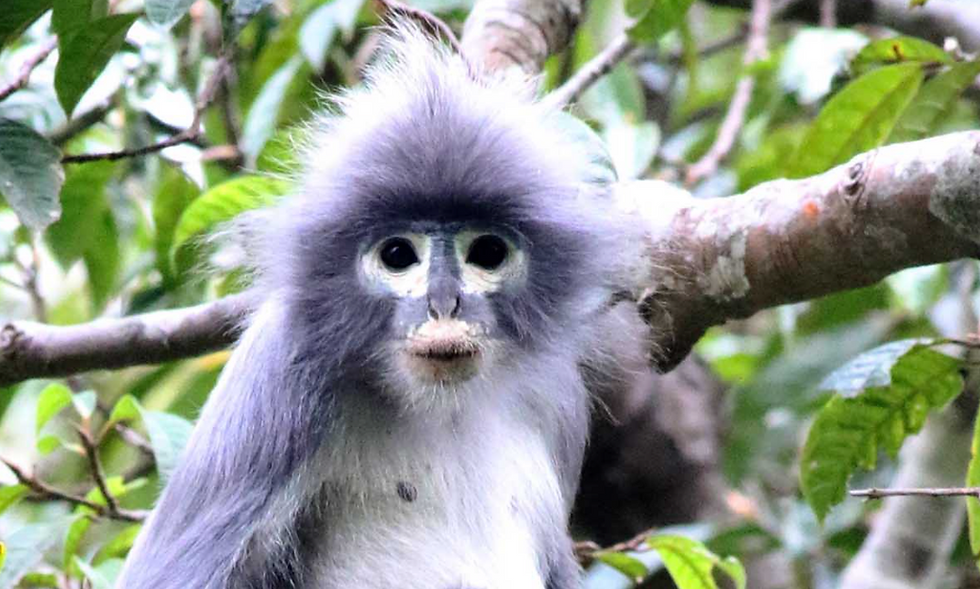New monkey among 503 new species described by Natural History Museum scientists in 2020
- CT
- Jan 5, 2021
- 2 min read

Despite an uncertain year, Museum scientists have described 503 species new to science. As the climate crisis continues to unfold, never has it been more important to document the life with which we share our planet. This year's haul has included species from almost all kingdoms of life, ranging from lichen, wasps and barnacles to minerals, miniature tarantulas and a monkey.
This year has seen much activity at the Museum slow down and some of it come to a halt, as the Museum closed its doors to the public for the longest time in its 139-year history since the Second World War. But through all this, researchers and scientists have been continuing their crucial work when and where they can. While field work and international visits were cancelled, many managed to carry on with their research either at home or in the much quieter collections. Over the last 12 months, many have continued working and publishing. Museum scientists - including researchers, curators and scientific associates - managed to describe 503 new species. These include giant wombat-like marsupial, tiny copepods, a plethora of beetles, a praying mantis and an emerald-green moth. 'Once again, an end of year tally of new species has revealed a remarkable diversity of life forms and minerals hitherto undescribed,' explains Dr Tim Littlewood, Executive Director of Science at the Museum. 'The Museum's collection of specimens provide a resource within which to find new species as well as a reference set to recognise specimens and species as new. 'Revealing new and undescribed species not only sustains our awe of the natural world, it further reveals what we stand to lose and helps estimate the diversity we may lose even before it's discovered. Our understanding of the natural world's diversity is negligible and yet we depend on its systems, interconnectedness and complexity for food, water, climate resilience and the air we breathe. 'In a year when the global mass of biodiversity is being outweighed by human-made mass it feels like a race to document what we are losing. 503 newly discovered species reminds us we represent a single, inquisitive, and immensely powerful species with the fate of many others in our hands.'
Comments